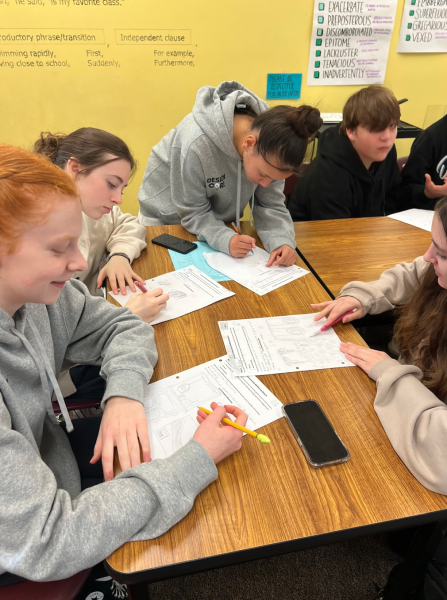Politics modernize as younger generations age, disadvantages surface
January 22, 2021
As the younger generations come of voting age, it’s only natural that the political climate changes and begins to reflect the values of its newer constituents. It’s a necessary shift that has been occurring since the beginning of our democracy over 200 years ago.
While the foundational pillars of American politics were erected long ago, the big-ticket issues that drive modern Americans to the polls are quite different. It’s very doubtful that Thomas Jefferson was arguing about health care and climate change all those years ago. At the same time, issues like racial and gender equality have remained at the forefront of American politics for over a century. Election Day and Inauguration Day fall on Tuesdays, to ensure that 19th-century Americans had enough time to travel by horse and carriage to the polls and the capital.
In addition to the shift in political climate, the very electoral process we use to choose our leaders has gone through immense change over the years. Things like mail-in voting, online voter registration and automatic voter registration have revolutionized our democracy for the better. Records show that voter registration is up to 70.3 percent of eligible Americans, and voter turnout is slowly but steadily increasing as well. Another likely reason: social media.
Today, when most people think of modernized politics, one thing comes to mind: Twitter. It’s hard to imagine today’s charged political climate without the extremely personalized, streamlined news feed of Twitter, or social media in general, really. Of course, all the power and possibility comes with consequences.
Because of the expansiveness social platforms have, it can be hard to regulate misleading or outdated information. According to a study done by RAND Europe, it now only takes about six months of personally-tailored content to hopelessly radicalize a person into an ideology of belief. When people are only being fed one perspective by a perfectly tailored algorithm, fake news or not, that person is led to be far less cooperative and willing to compromise. This breeds division and moves us farther away from unity.
Politicians, activists and governments alike have come to the realization that the quickest way to garner the attention of the masses is to launch campaigns and initiatives through social media. The press of a button is instantaneous visibility to millions. Grassroots campaigns that would’ve otherwise taken years to gain traction are seeing incredible turnout just thanks to a repost or retweet by a figure with notoriety.
Democratic Senator Jon Ossoff from Georgia recently challenged incumbent Republican David Perdue in a Senate runoff election for a historically red seat. It was a campaign that likely would’ve been unsuccessful if not for the Ossoff campaign’s young, savvy social media team. Ossoff’s team-run TikTok came up with clever ways to encourage voter turnout and capitalized on recognizable trends that teens and young-adults alike would appreciate. The account garnered almost 7 million likes.
The introduction of technology to the way our democracy runs has made grand strides towards eradicating voter suppression and increasing inclusivity, but it has also paved a way for extremist groups to spread hate and false messaging to the public. So, like most things, change is good in moderation.






